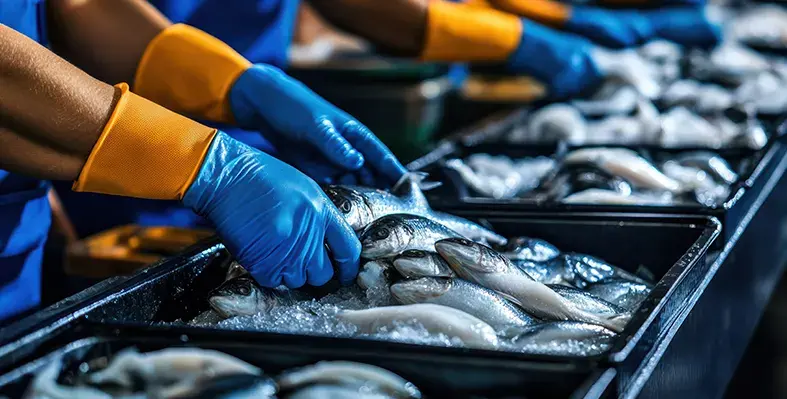A new partnership between the Food and Agriculture Organization of the United Nations (FAO) and the European Union (EU) has been launched to improve access to safe, affordable, and nutritious aquatic foods for vulnerable communities across Africa and Latin America
The initiative, titled New Aquatic Food Value Chains for Sustainable Healthy Diets in Fragile Contexts (NAVAC), aims to enhance food security, support local economies, and drive innovation within aquatic food systems.
Backed by a €20mn contribution from the EU and an additional US$500,000 from FAO’s Technical Cooperation Programme, NAVAC will run from 2025 to 2030 in Chad, Guinea-Bissau, Mauritania, South Sudan, and Colombia.
“The main aim of NAVAC is to expand the supply of sustainable, affordable, safe and nutritious aquatic foods and ensure that it reaches nutritionally vulnerable populations while at the same time providing economic benefits to local communities through Blue Transformation innovations in aquatic food value chains,” said Godfrey Magwenzi, Deputy Director-General of FAO.
Aquatic foods play a vital role in providing high-quality protein and essential nutrients needed to combat malnutrition, particularly among children, pregnant women, and other at-risk groups. Despite their benefits, these resources often remain underutilised in national food and nutrition strategies.
NAVAC is closely aligned with FAO’s Four Betters – Better Production, Better Nutrition, a Better Environment, and a Better Life – ensuring that no one is left behind. It also contributes to FAO’s Blue Transformation agenda, which seeks to build more sustainable, inclusive, and resilient aquatic food systems.
“NAVAC promotes innovative and integrated approaches to value chain development, from ‘net to plate’, ensuring that interventions advance food security and nutrition outcomes, strengthen livelihoods and enhance environmental sustainability,” said Annette Schneegans, Deputy Permanent Representative of the European Union to FAO. “It reflects the European Union’s commitment to the Global Gateway strategy,” she added.
FAO will lead the project in collaboration with the Technical University of Denmark. Initial efforts will focus on assessing aquatic food value chains in each target country to identify opportunities and challenges. Based on these insights, the project will design tailored strategies to improve production, processing, and distribution, ensuring that nutritious aquatic foods reach those who need them most.
Drawing on lessons from the FISH4ACP initiative, NAVAC aims to strengthen fisheries and aquaculture sectors, helping rural communities achieve better nutrition, income stability, and sustainable livelihoods.








